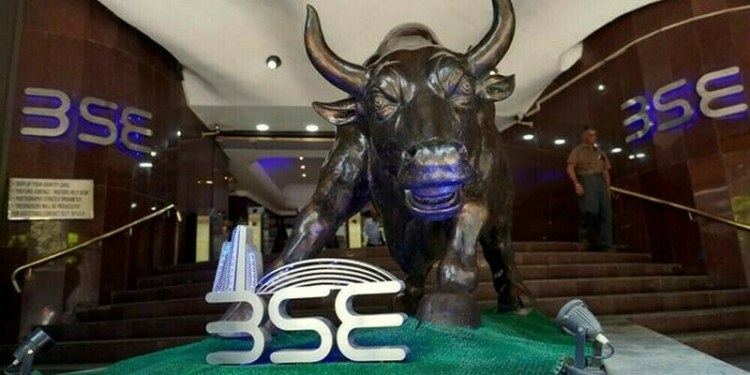(Reuters) – The Federal Reserve is finished raising U.S. interest rates.
That is the message emerging from the interest rate futures market as Monday’s full-blown flight from risk assets drove traders to price out nearly any prospect of further rate increases from the Fed, which raised rates again only last week.
Stocks fell sharply on Monday amid concern about slowing economic growth, the government shutdown and reports that President Donald Trump, increasingly angry about the U.S. central bank’s rate hikes, had discussed firing Fed Chairman Jerome Powell. Trump on Monday labeled the Fed as the “only problem” for the U.S. economy, and Treasury Secretary Steven Mnuchin made unsuccessful efforts to soothe investors’ concerns over Wall Street’s deepening losses.
The federal fund futures contract expiring in January 2020
That left the contract with an implied yield, which moves in the opposite direction of its price, of 2.41 percent, squarely within the current range for the Fed’s target rate.
The Fed last week raised rates by a quarter percentage point for the fourth time this year to a range of 2.25 percent to 2.50 percent. The daily fed funds effective rate settled at 2.40 percent on Friday.
In conjunction with the rate rise, Fed officials released their individual forecasts for the level at which the federal funds rate will end 2019, with the median projection among the 17 policy makers targeting two more rate increases next year, to a range of 2.75 percent 3 percent.
The projections for further tightening, together with indications that the Fed will not veer from a related effort to winnow its vast holdings of Treasury bonds and mortgage-backed securities, helped accelerate the selloff in both stock and corporate debt markets.
The benchmark S&P 500 Index () is now on the doorstep of demarking a bear market for stocks, down about 19.8 percent from its record high in September, and corporate bond indexes are slumping as well.
Rate futures last week for the first time began pricing the possibility of the Fed reversing course on its rate hike regime starting in 2020.
At that time, however, the market also still reflected a modest probability of the Fed getting in one more increase in 2019. That prospect now appears all but gone.
Fusion Media or anyone involved with Fusion Media will not accept any liability for loss or damage as a result of reliance on the information including data, quotes, charts and buy/sell signals contained within this website. Please be fully informed regarding the risks and costs associated with trading the financial markets, it is one of the riskiest investment forms possible.
Source: Investing.com



























